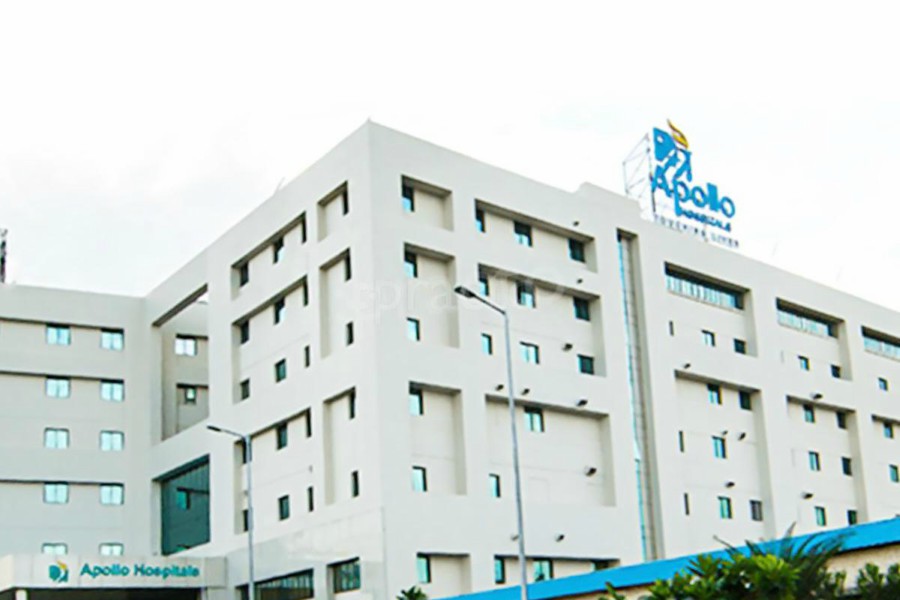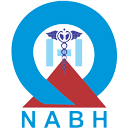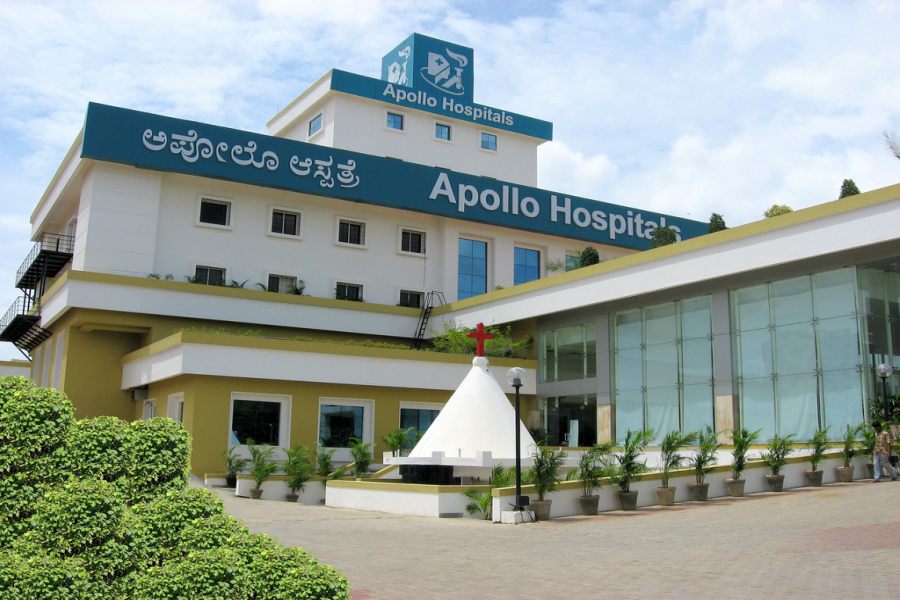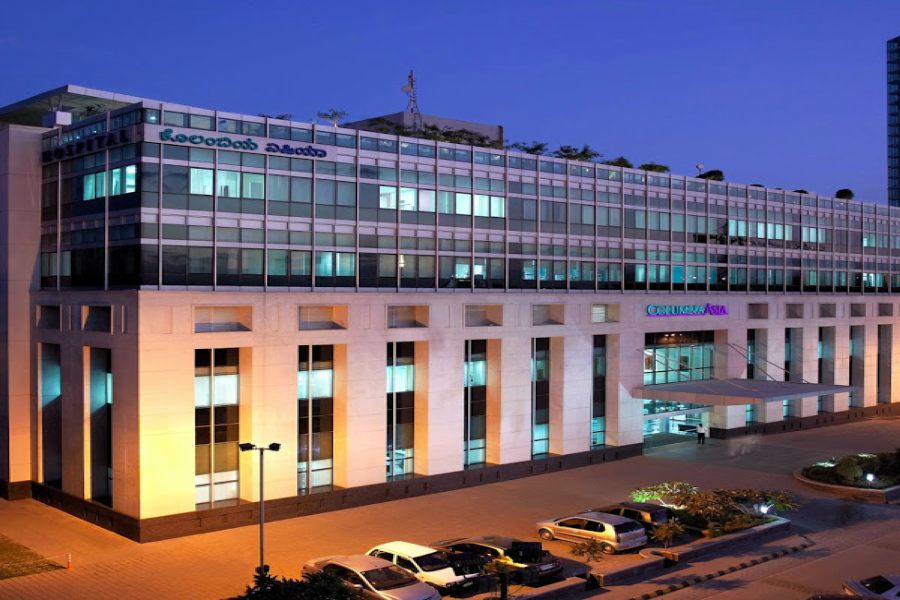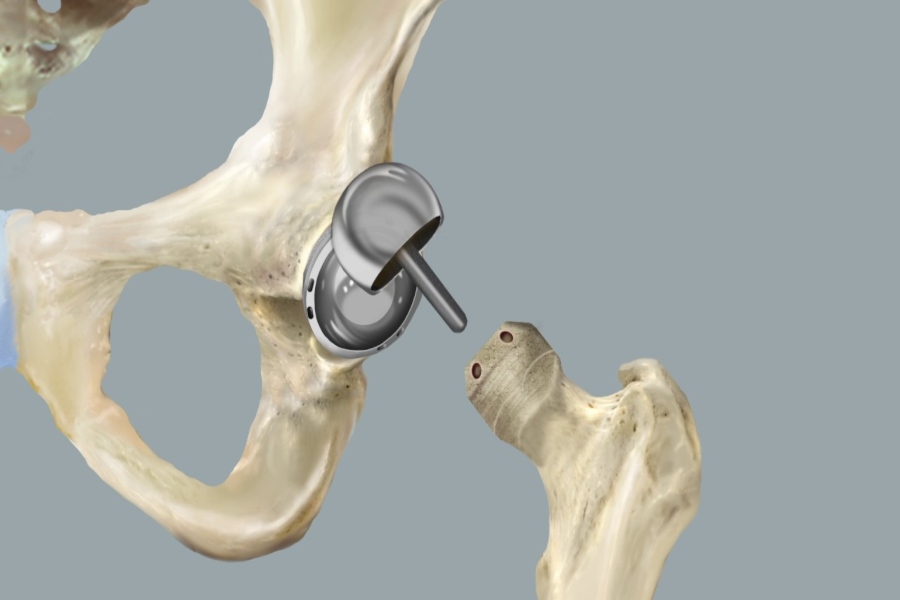
Many individuals with hip arthritis experience dull and aching pain in the hip, but these symptoms vary vastly among individuals. Such conditions affecting the hip are mostly managed by certain exercises and medications. But, when all the treatment options and lifestyle changes fail to help, hip resurfacing may be the appropriate choice of treatment.
Overview
Hip resurfacing surgery or hip resurfacing arthroplasty is a surgery performed to replace the damaged hip joint. This is a type of hip replacement surgery.
The hip joint is called the ball-and-socket joint. Normally, the hip joint is surrounded by a cushioning made up of smooth cartilage. This allows for natural and easy movement of the round head (femoral head) of the thighbone and the socket of the hip bone (acetabulum). On damage to the hip joint, the movement of the femoral head can result in excruciating pain due to abnormal scraping of the bones against each other.
Hip resurfacing involves trimming of the femoral head and capping with a metal cover. It also includes removal of the damaged bone and cartilage in the socket and replacing it with a metal shell. This procedure can preserve more of the bone and prevent the development of possible complications which are associated with the traditional hip replacement surgery.
ELIGIBILITY
Individuals with significant damage to the hip joint may require this surgery. This surgery may also be recommended in chronic conditions such as advanced stages of osteoarthritis, and in conditions where all the non-surgical interventions have been exhausted.
Hip resurfacing is recommended for individuals below 60 years of age, with a larger frame and strong, healthy bones.
PREPARATION BEFORE PROCEDURE
Before the surgery, it is advisable not to consume food or drink anything for a minimum of eight hours. Always inform the doctor about any medications being used, allergies, medical conditions and infections. Additional tests may be performed, such as imaging tests (magnetic resonance imaging (MRI)) of the hip joint.
It is also essential to quit smoking at least two weeks before the surgery, as tobacco can delay the healing and recovery process.
ABOUT PROCEDURE
General anesthesia or regional anesthesia will be given to the patient. The vital signs will be carefully monitored throughout the procedure. A breathing tube will be inserted through the mouth into the throat to help the patient breathe.
An incision is made on the thigh to access the hip joint. The head of the thighbone (femur) is then displaced from the socket. Special powered tools and instruments are used to trim the femoral head, following which a metal cap is placed securely by cementing over the trimmed femoral head. A power tool called the reamer is used to remove the cartilage which lines the socket. A metal cup is then placed into the socket. Then the femoral head is replaced into the socket.
The incision is closed with sutures and stitches. It is then covered with a sterile bandage.
POST-PROCEDURE CARE
The patient is moved into the recovery room, where the vitals are closely monitored. The prescribed medications are given through an intravenous (IV) line. Once the anaesthesia wears off, the patient is shifted to the general wardroom.
Imaging tests will be performed to evaluate if the procedure was successful. Based on the condition and the rate of recovery, the patient can be discharged in one to four days after the surgery. A cane, walker or crutches may have to be used for a few days or weeks.
A physical therapist will be assigned to help strengthen the hip joint and improve movement. These exercises must be followed even after discharge.
RECOVERY TIPS
Some tips which may help in more rapid recovery are:
- Keep the incision site clean and dry to prevent infections
- It is normal to have fluid draining from the incision site. Inform the doctor if it turns yellow or white.
- Inform the doctor if redness or swelling is observed
- Wear loose clothing
- Do not put weight on the treated leg until advised by the doctor
- Continue physical therapy after the surgery
- Maintain an ideal body weight
- Eat a well-balanced and nutritious diet
FACTORS AFFECTING COST
The cost of the procedure depends upon:
- The technology used
- The technique of procedure
- The anesthesia used
- The expertise of the doctor
- Any comorbidities present
FAQ
It may take a minimum of six weeks to get back to the regular activities after the surgery.
The mechanical hardware of hip resurfacing surgery can loosen or wear out over the years. Therefore, a re-surgery may be required in 10-15 years, depending on the condition of the patient.
Hip resurfacing surgery follows with its own set of complications. They include:
- Infection
- Blood clots
- Nerve or blood vessel damage
- Fracture of the femoral head
- Dislocation
Most individuals can return to their activities within six weeks. Patients should avoid strenuous activities such as jogging, running or jumping for at least three to six months. After this period, individuals can do high levels of activity.
Total hip replacement is a surgical procedure for the complete removal of the damaged thighbone (femur) and socket of the hipbone and replacing it with an artificial prosthesis (made up of metal, plastic or ceramic material). While a hip resurfacing surgery involves trimming and capping the head of the thighbone (or femoral head) with a smooth metal shell. The cartilage and bone within the socket are removed, following which a metal cup is fixed in its place for the femoral head to fit in.


 Best Hospitals
Best Hospitals
